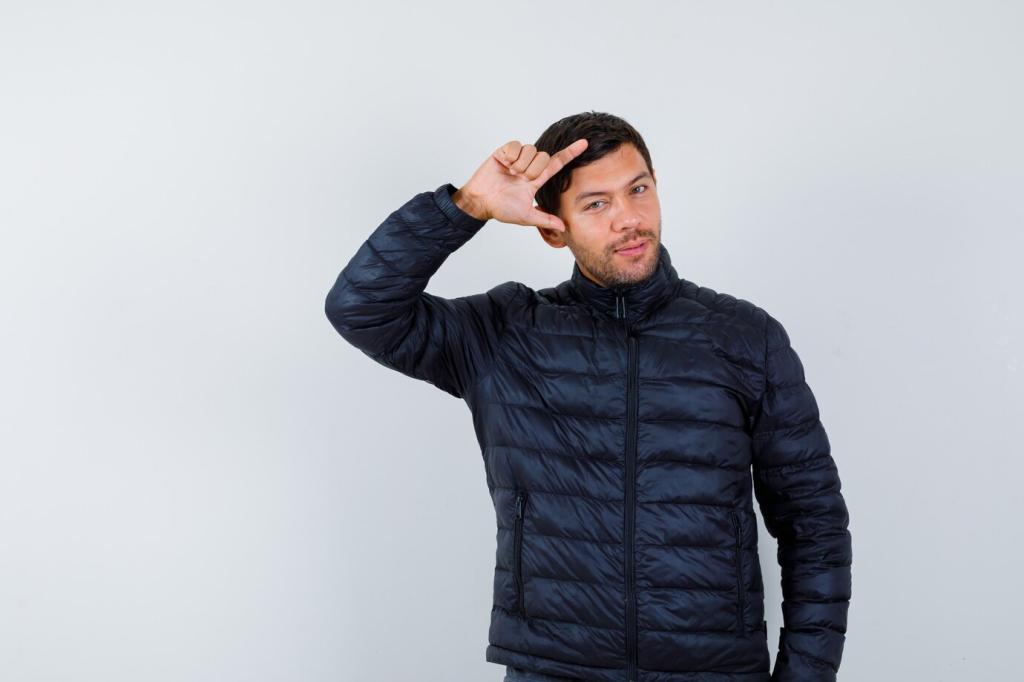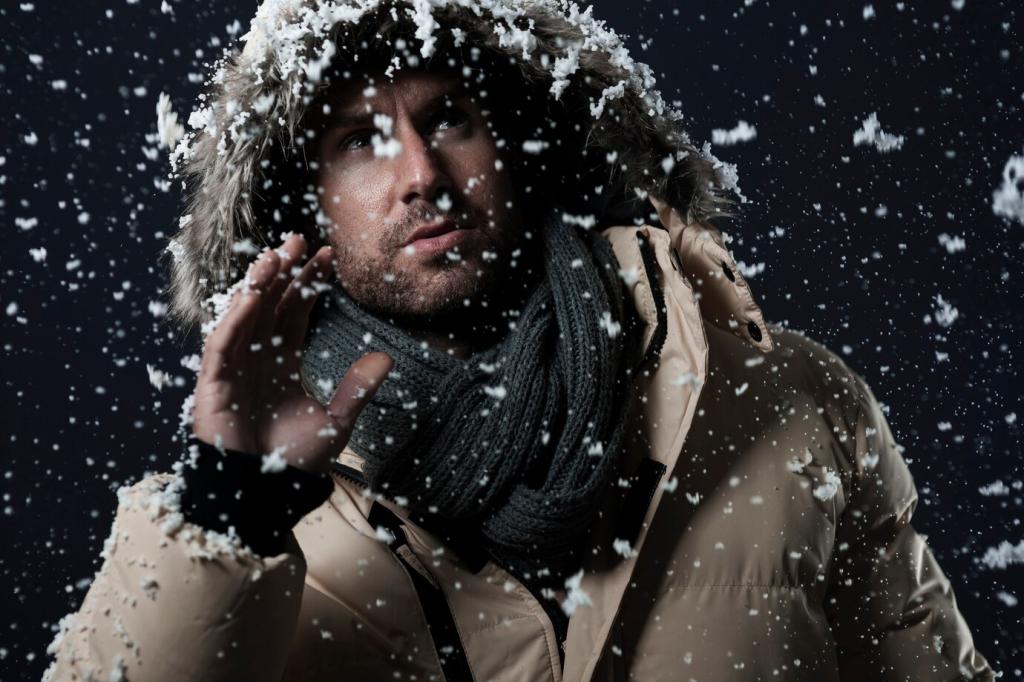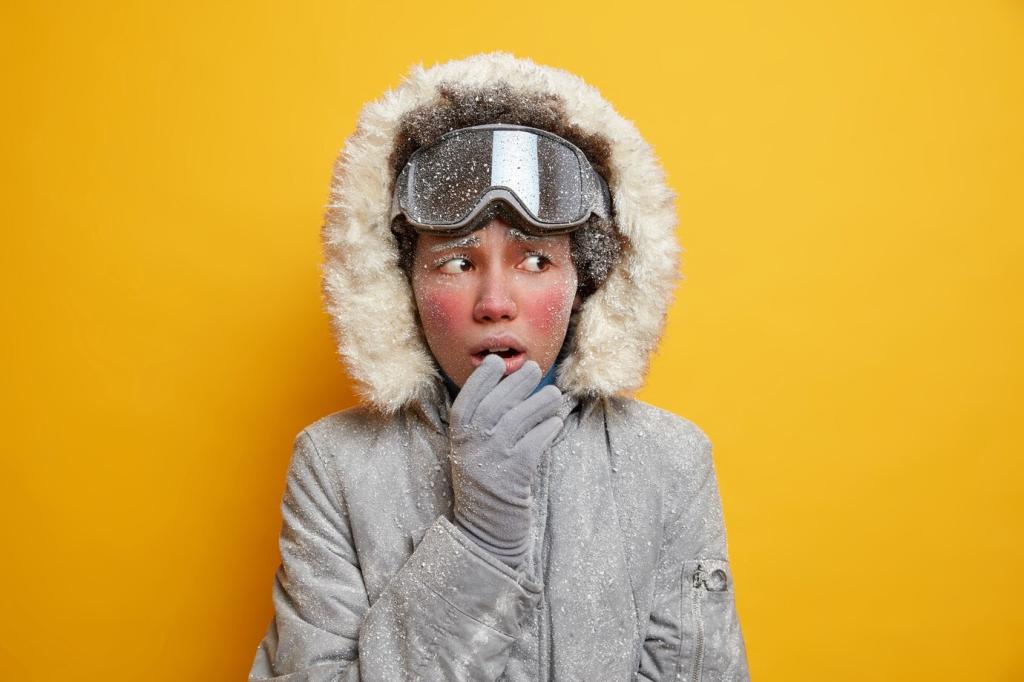Safety, Stewardship, and Winter Ethics
Stick to durable surfaces and avoid postholing beside the track, which can injure ankles and scar the trail. If you sink, consider snowshoes. Use boots to compact existing paths rather than carving new ones across sensitive winter habitats.
Safety, Stewardship, and Winter Ethics
Cold costs animals precious calories. Keep distance, control dogs, and choose routes that minimize disturbance. Your insulated boots allow quieter steps; use that stealth to pass gently, leaving the mountain’s winter residents unbothered and unstressed.







